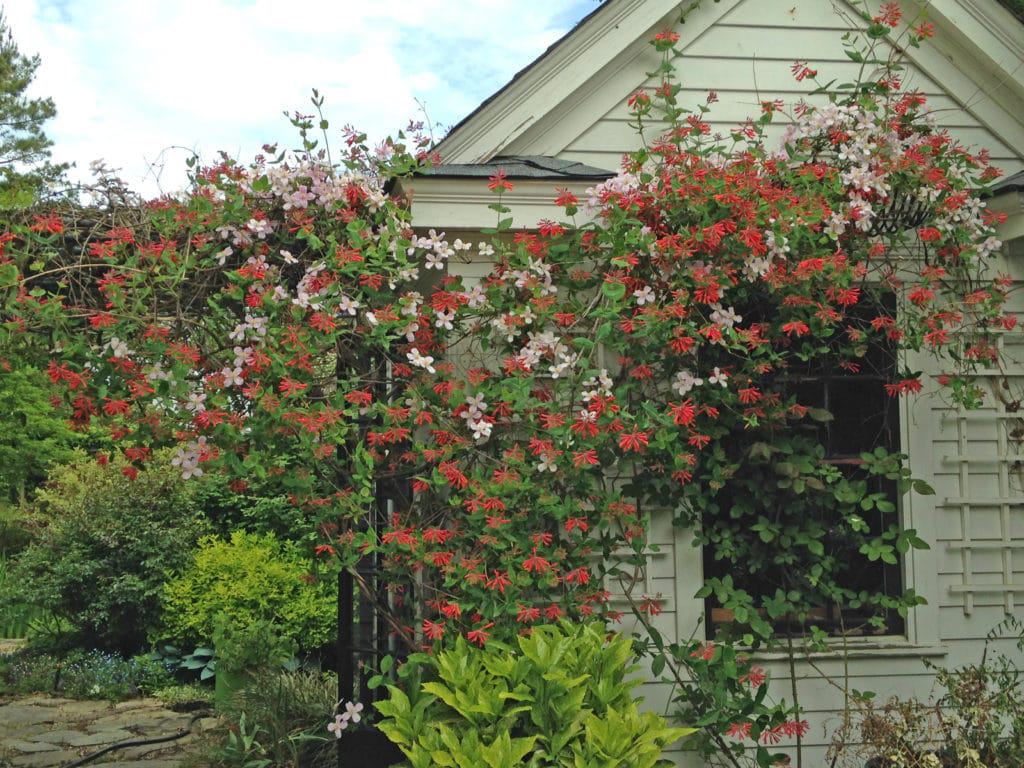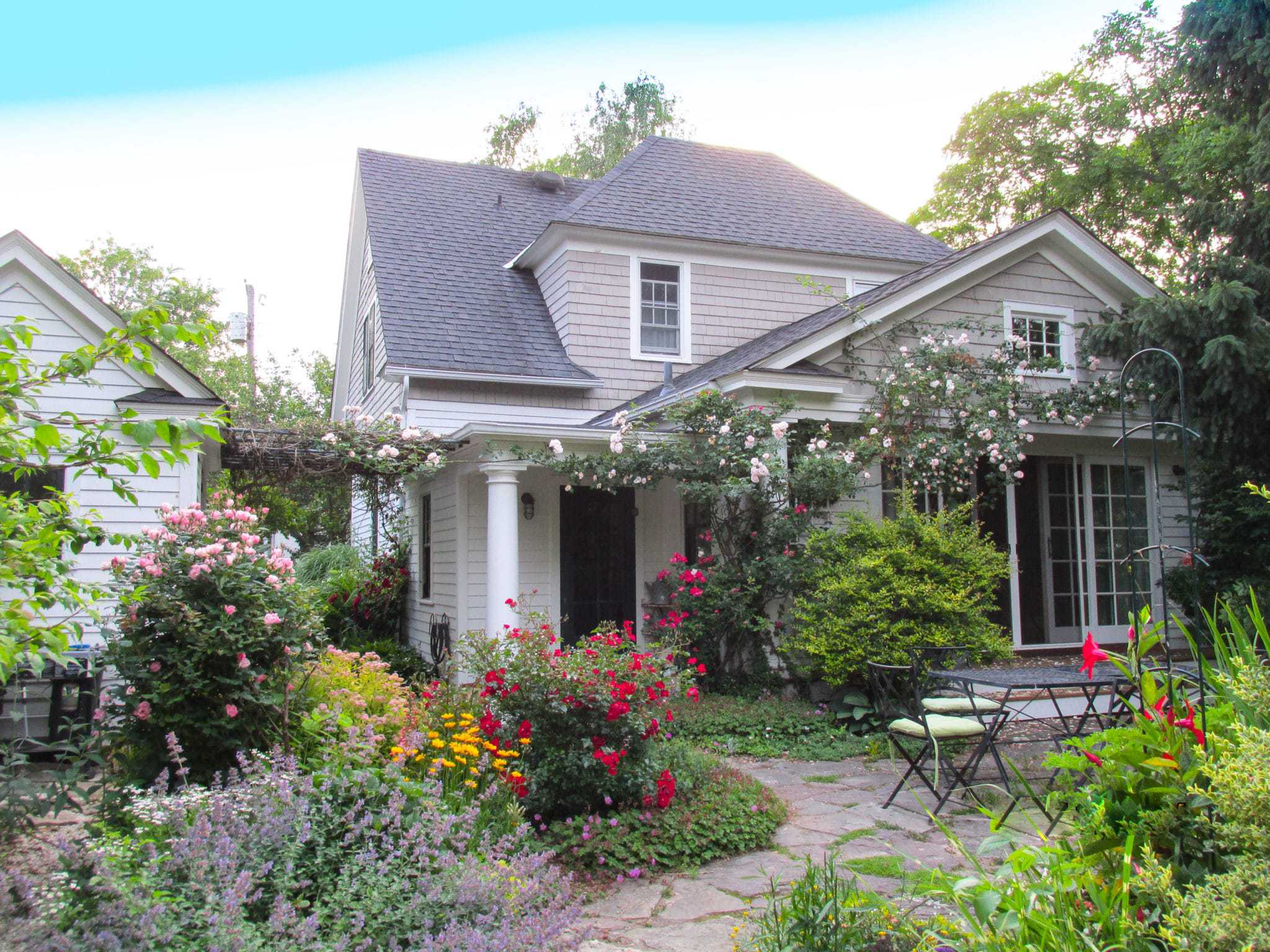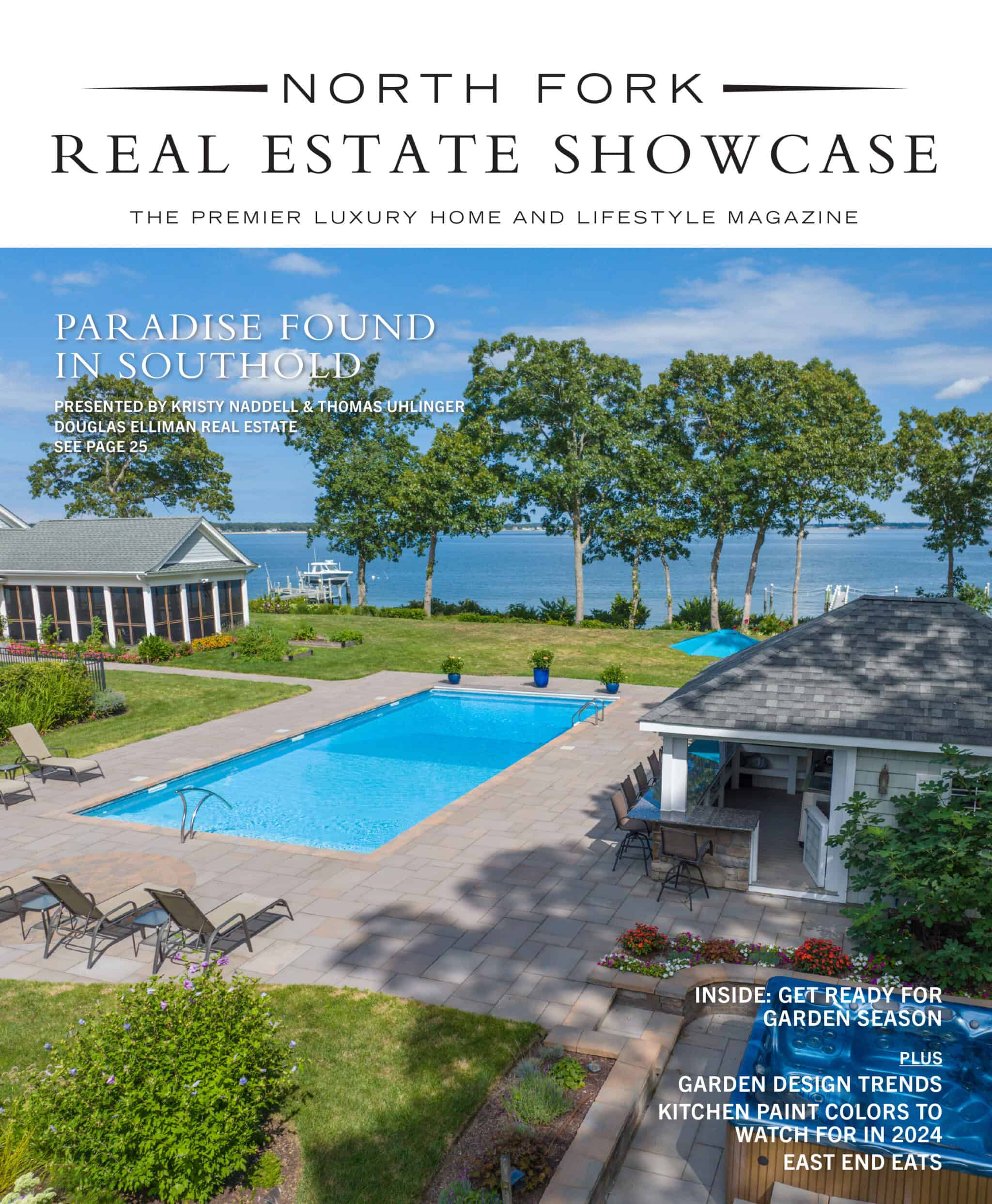Whether your house is new or old, whether its style is formal or informal, modern, contemporary or historic, it’s not really complete without landscaping. The landscape unites the home with its setting, anchoring the house to the land and making the property a coherent whole. Good landscaping increases the value of the property, too, and boosts resale value. For your property to have curb appeal, the style of the landscaping should complement the architectural style of the house. Here are some considerations for creating landscaping that suits your home, whether you plan to hire a professional landscape designer or do it yourself.
The art of designing a garden can be broken down very simply into three broad approaches: formal, informal and naturalistic. And there are particular plants to suit each kind of garden. Many variations exist within the three categories, but the basic design concepts apply to all gardens in each of the three.

Formal gardens represent an idealization of nature, and they clearly show the hand of the gardener. In a formal garden, beds and borders are precisely shaped, plants are clipped into perfect forms, and maintenance is meticulous. Like classical paintings, formal gardens convey a feeling of serenity and repose. The landscape is well ordered and controlled. The very discipline of a formal garden can be reassuring. The stability of the design can give you a sense of calm and balance. Formal gardens are well suited to colonial and federal style homes, as well as historic and Greek revivals.
Informal gardens are less precisely structured, but they are still carefully thought out and organized. Their effect is very different from the quiet order of a formal garden. Informal gardens have lots of dynamic curves and flowing lines, and the plants are allowed to assume more or less their natural growth habits. Informal landscapes are relaxed and easygoing, and convey a happy exuberance. The plants lean into one another to mingle their colors, and they spill over the edges of containers and onto walkways. Informal gardens are full of movement. A ranch home, saltbox, cottage or shingled farmhouse will be complemented by informal gardens.
Naturalistic gardens attempt to mimic or evoke a particular natural environment. The goal of a naturalistic garden is to come as close as possible to recreating the way plants grow in the wild. One of the most important considerations in creating a naturalistic garden is to look at it as a community of plants adapted to a specific set of conditions. Meadow plantings, woodland gardens and desert gardens are examples of naturalistic gardens. In a naturalistic garden, as in a natural environment, the plants are not simply laid out in rows or clumps. A woodland garden, for instance, combines tall trees with smaller understory shrubs and ephemerals (herbaceous perennials that come and go throughout the growing season). Low groundcovers carpet the soil beneath the other plants. Here on the East End, a naturalistic garden might be inspired by a woodland and include trees, shrubs and wildflowers that are native to the environment, or by dunes at the beach, with bayberry, beach grass and goldenrod.
For an ultramodern contemporary home with clean, straight lines and expanses of glass, ornamental grasses can add movement and contrast. Or consider neatly clipped evergreens, perhaps arranged in a geometric pattern, simple topiary cones or balls of foliage. At the beach, these homes can be set amid natural dunescapes with salt-tolerant plants such as beach grass, bayberry or sculptural Hollywood juniper.








